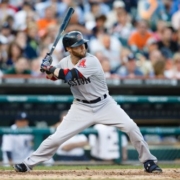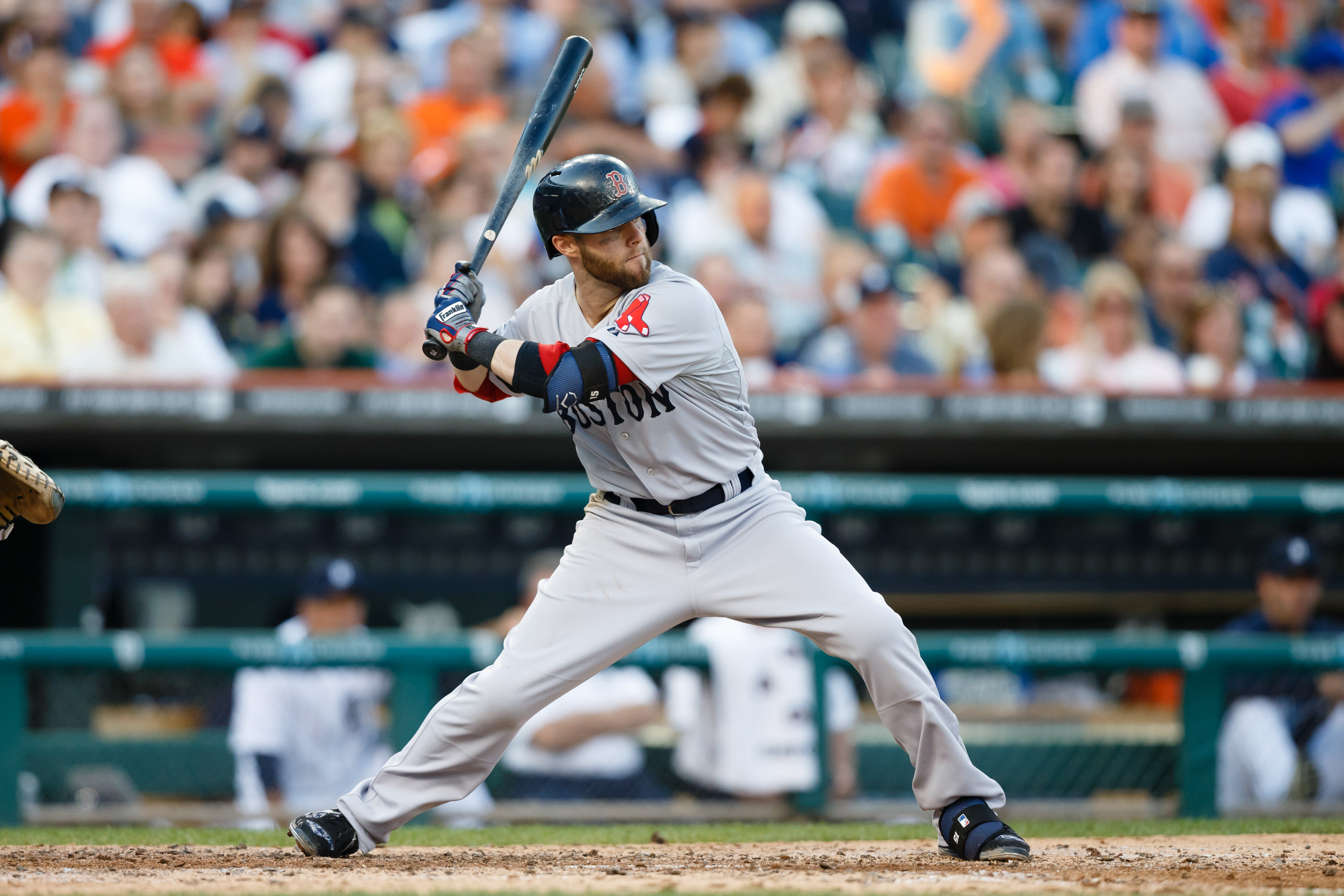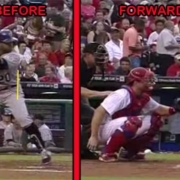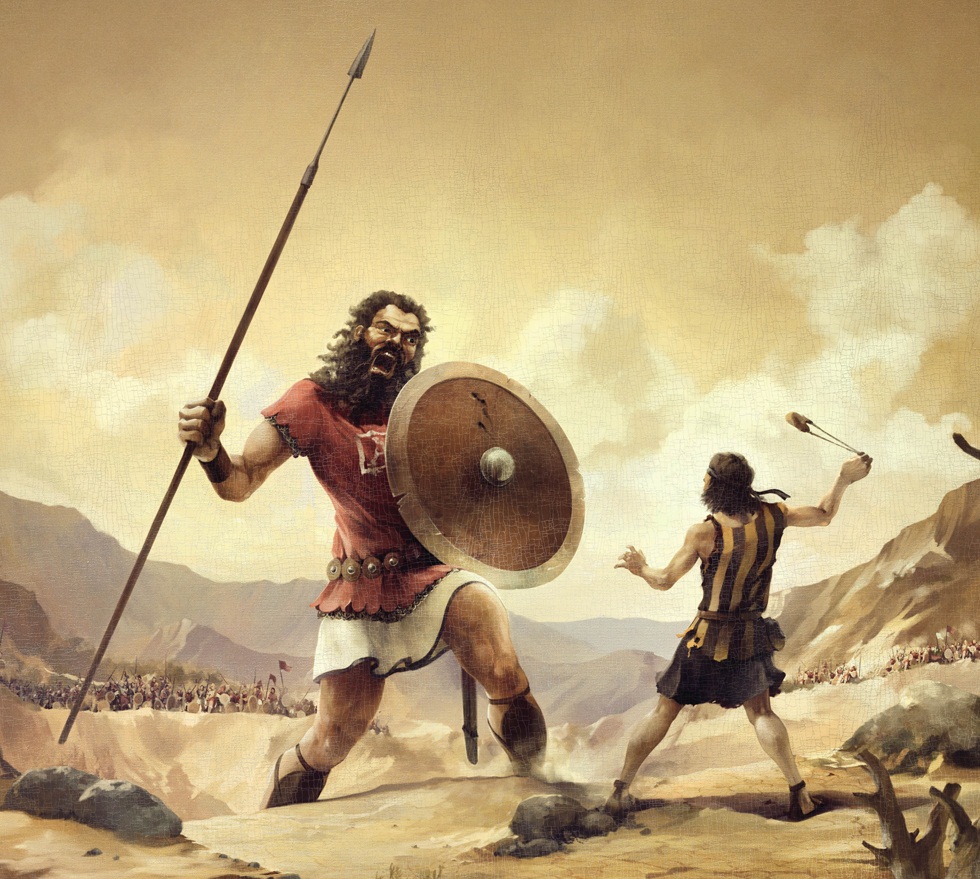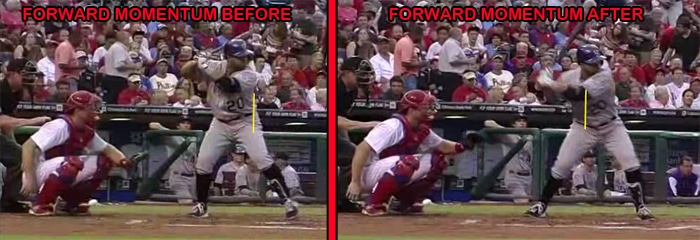Fun youth how to teach a no stride, toe tap, and leg kick hitting tips for beginner baseball and softball swing. Hit drills for 6 to 10 years old questions ANSWERED: Where does front foot land, when to stride, and what is the stride length?
Baseball Batting Techniques: Simple Way To Use Forward Momentum That Works For Elite Hitters
In this baseball batting techniques post, we’ll talk about how elite MLB sluggers employ Forward Momentum (FoMo for short).
I’m going to answer the following questions from my readers:
- Does a hitter transfer all their weight to the front leg at some point in the swing?
- Does FoMo stride need to be big or small?
- Does the back foot “follow” the front with FoMo?
- Can a wide no-stride hitter utilize Forward Momentum?
- Are FoMo hitters more vulnerable to off speed and breaking stuff?
Keep in mind, forward momentum is the objective, and in this baseball batting techniques post, I’ll show different elite hitter examples of forward momentum. The important thing isn’t what you use to get Forward Momentum, it’s the Forward Momentum itself.
Let’s get to it…
Does a hitter transfer all their weight to the front leg at some point in the swing?
Yes. With elite sluggers, it’s rare you don’t find them shifting their weight from back to forward. We typically see one of a few baseball batting techniques associated with FoMo: 1) a “Float”, or a slight weight shift back, then 2) a “Free Fall” forward.
And FYI during the Float, yes it’s okay for the back knee to drift over the foot, and NOT have to unnaturally be ‘shoved’ inside it.
You’ll see the following hitters, who try and start with the back knee inside the back foot (Jose Bautista), will accidently float the knee back out before falling forward.
The dead give away of elite hitters shifting their weight is to look at the weight distribution at impact. You’ll see a weight-free back leg at the start of the turning pelvis…
Andrew “Cutch” McCutchen
Troy “Tulo” Tulowitzki
Jose “Joey Bats” Bautista
SCIENCE-BASED TRAINING:
Improve your hitting strategy dramatically by applying human movement principles.
Learn not only how and what to train but also the science behind the methods.
Does FoMo stride need to be big or small?
Whatever the hitter is comfortable with. In other words, don’t be so specific in teaching certain Forward Momentum baseball hitting techniques. Remember, the objective is that they’re employing Forward Momentum. We don’t really care how they get there.
Feel free to recommend your hitters tinker with and test the following FOUR stride types:
Josh “The Bringer of Rain” Donaldson (BIG Leg Kick)
Dustin “Laser Show” Pedroia (MEDIUM Leg Kick)
Robinson “Mercedes” Cano (SMALL Leg Kick/Slide Step)
Victor Martinez (Toe Tap)
Does the back foot “follow” the front with FoMo?
It doesn’t have to, but I like it too. If a hitter gets too wide with the stride, and the back foot isn’t allowed to follow, then the hitter will have a challenge getting a tight back knee angle, which is responsible for a better ball launch angle. CLICK HERE for the back knee angle Zepp experiment.
Roberto “The Great One” Clemente (watch at the 0:33 mark and beyond)
Mike “Millville Meteor” Trout
Bryce “Bam Bam” Harper
CLICK HERE for one of my favorite baseball batting techniques, the Back Foot Variance Drill.
Can a wide no-stride hitter utilize Forward Momentum?
Here are my questions for a coach who would ask this about baseball batting techniques:
- “Why are you hooked on being so wide with the feet at the start, and/or not allowing a stride?…”
- “Is it about minimizing head movement?”
- “Is it cutting down on moving parts?”
- “Is it a timing thing?”
Coaches on Facebook have told me, the stride is too hard to teach, or for a young hitter to get. Apparently this poison was shared during a speech at the American Baseball Coaches Association (ABCA) conference.
I’m not convinced, especially when 3-year-old Chinese females are learning some of the most complex human movements in Gymnastics.
Furthermore,
Look to other explosive athletes that almost NEVER start wide with their feet:
- Pitchers,
- Olympic Divers,
- Olympic Throwers,
- Soccer Players,
- Quarterbacks, Linebackers, and Deep Backs…
Sometimes, it’s not about choosing particular baseball batting techniques. It’s a mindset. I always stress to my hitters, get athletic from the start, and be athletic when you land, so you can transfer the max amount of energy from your body, into the barrel, then to the ball.
About head movement, it’s going to happen. CLICK HERE for a compelling baseball batting techniques analysis by Dan Farnsworth at FanGraphs.com, that demystifies that elite hitters are keeping their head still (Read under “Keep Your Head Still” section).
If it’s about timing, then it’s the timing that must be adjusted. There are only two timing elements:
- When the hitter starts their swing, and
- How long they ‘Float’.
A hitter can change one or the other, or both. It’s up to them.
Those are the adjustments, it’s not a “stride issue”. CLICK HERE for my favorite baseball batting techniques for timing.
Even big guys use Forward Momentum. It just looks more subtle…coming in the form of a ‘sliding’ of the pelvis (Cruz and Pujols are great examples of this below)…
Miguel “Miggy” Cabrera
Nelson “Boomstick” Cruz
Albert “The Machine” Pujols
Are FoMo hitters more vulnerable to off speed and breaking stuff?
This is common issue #2 that coaches have with Forward Momentum, a hitter cannot adjust to breaking or off-speed stuff.
I invite you to look at the following sluggers who use FoMo, and their stats don’t reveal they had trouble adjusting to off speed and breaking stuff:
All these hitters had exceptional power, high averages, low strikeouts, and high walks compared to today’s hitters.
Last but certainly not least…
David “Big Papi” Ortiz
And how about Big Papi? Why wouldn’t we mention him, right?! He just hit his 500th career homer! He starts and finishes in the same spot, but there’s a whole lot of FoMo going on in-between:
In Conclusion
When it comes to baseball batting techniques, Forward Momentum is the objective. How we get our hitters there doesn’t really matter. Just give them examples of how to accomplish more FoMo, and allow them to tinker and test until they find something they’re comfortable with doing.
CLICK HERE to Enter for a chance to Win one free account access to The Truth About Explosive Rotational Power online video course (a $77 value). You have until 12:00pm PST today to enter. To better your chances of winning, you can spread the word on social media. I’ll be picking the winner Monday, September 21st, and reaching out via email. Good luck! 😀
Contest UPDATE: this contest is now closed, and Jon Ball was our winner!

